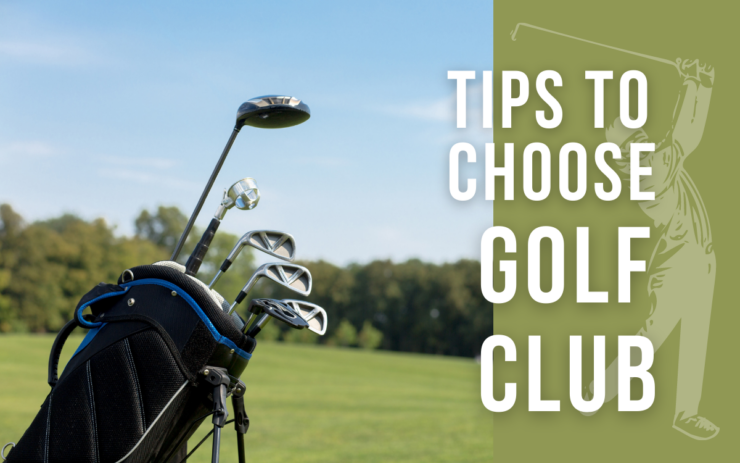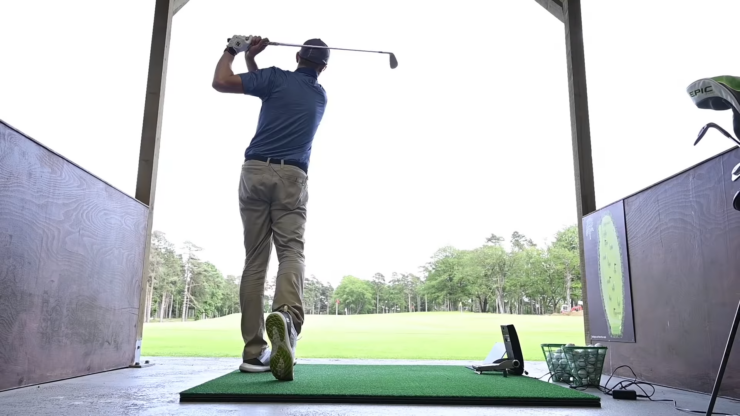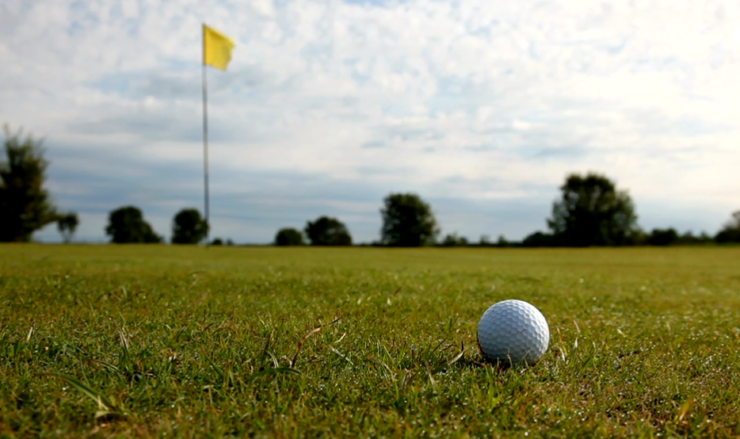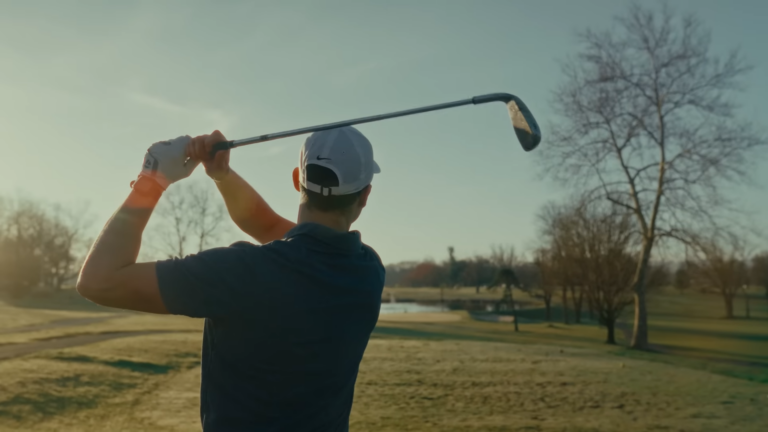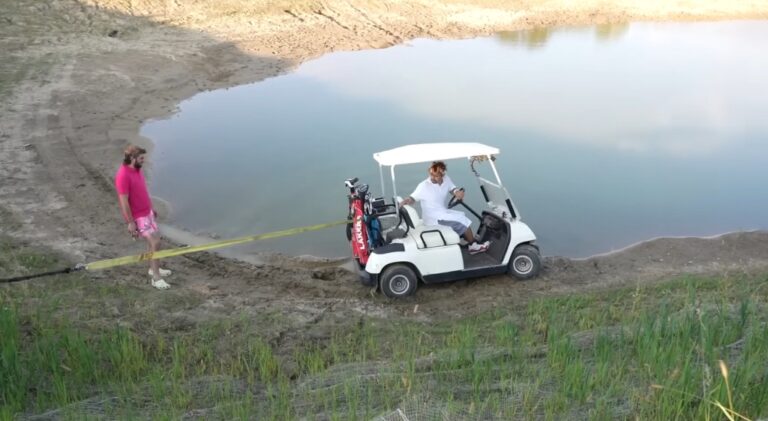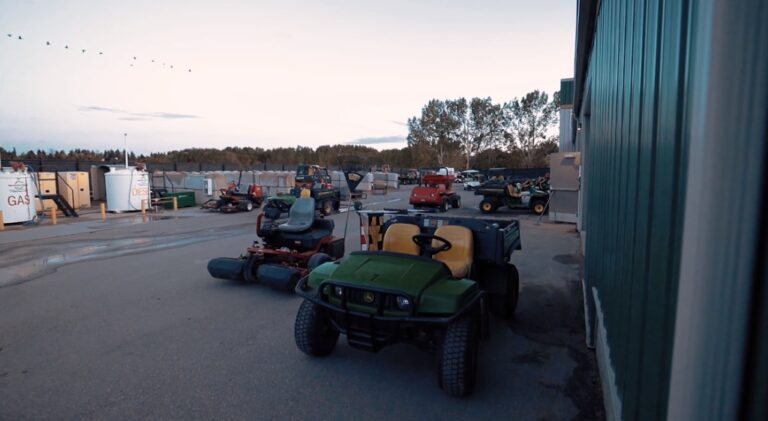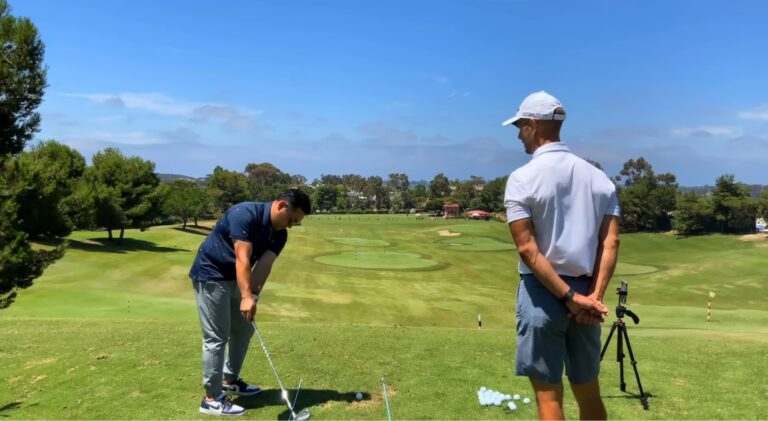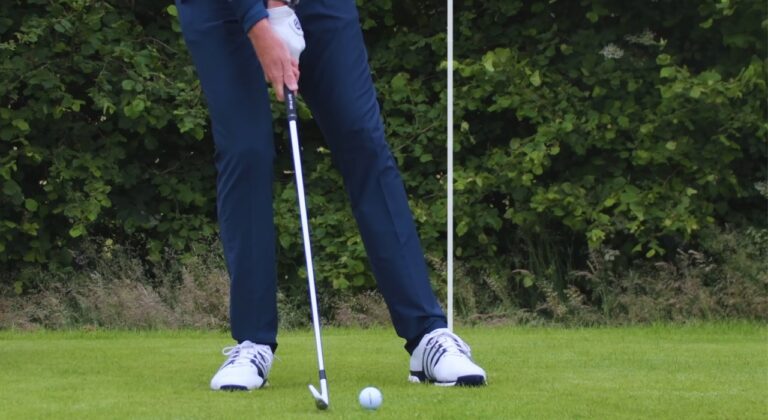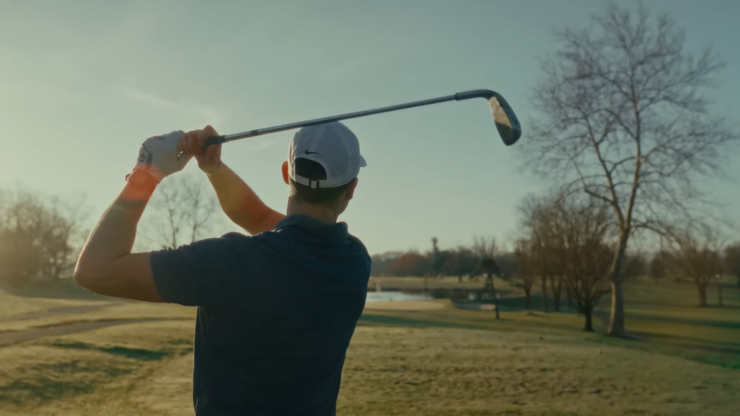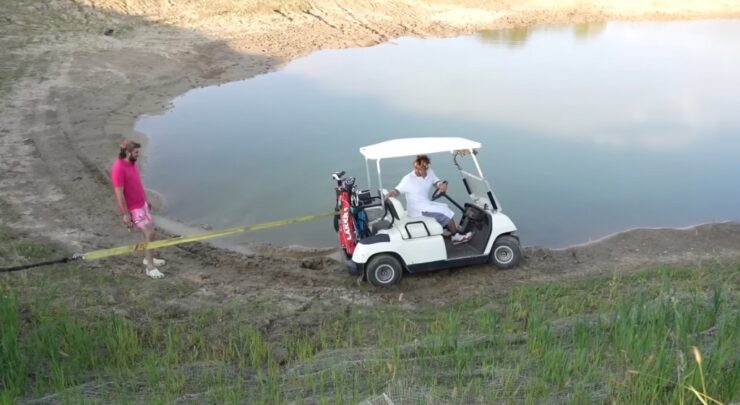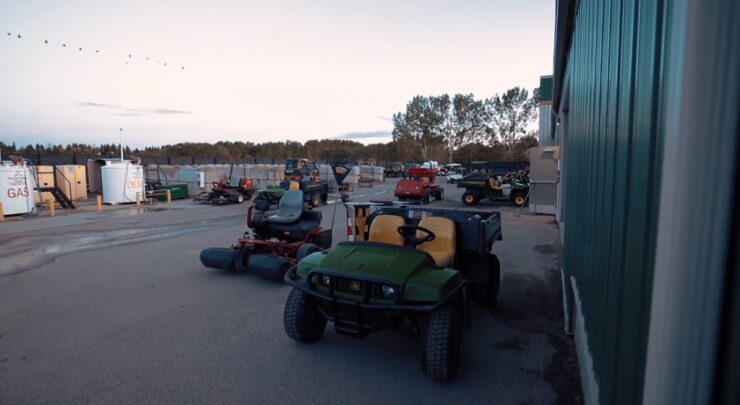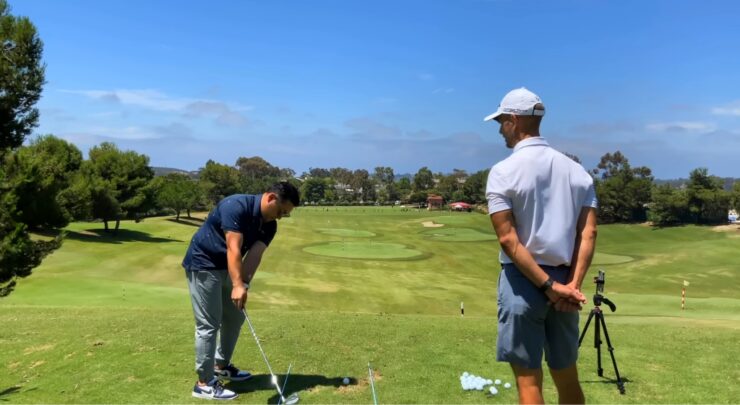Many beginners to intermediate golfers have little to no idea how to choose the right golf club for a particular shot. With that said, here are a few golf tips to help with proper golf club selection. Over time, you should tailor these golf tips to your own distances and preferences.
Before we continue with this article, you should check out our blog on the best public golf courses available in Florida.
For the beginner golfer, below are two useful tables excerpted from the Golf Genie Tee to Green Pocket Guide to help choose the right golf club for a particular distance you wish to hit the golf ball.
Keep in mind that these “Typical Distances” are for the average golfer based on interviews with dozens of PGA teaching professionals and amateur golfers by Golf Genie researchers and should be observed as guidelines only when choosing the right golf club for you.“Typical” Distances for Irons and Clubs
| Golf Club Selection and Typical Distances – Irons
|
||
| Iron | Men Typical Distance | Women Typical Distance |
| 4 IRON | 170 yards | 120 yards |
| 5 IRON | 160 yards | 110 yards |
| 6 IRON | 150 yards | 100 yards |
| 7 IRON | 140 yards | 90 yards |
| 8 IRON | 130 yards | 80 yards |
| 9 IRON | 115 yards | 70 yards |
| PITCHING WEDGE | 105 yards | 60 yards |
| SAND WEDGE | 80 yards | 50 yards |
| Golf Club Selection and Typical Distances – Woods and Pitching
|
||
| Iron | Men Typical Distance | Women Typical Distance |
| DRIVER | 230 yards | 175 yards |
| 3 WOOD | 215 yards | 150 yards |
| 5 WOOD | 195 yards | 135 yards |
| HYBRID | 188 yards | 130 yards |
| PITCHING FULL SHOT (LOB WEDGE) | 60 yards | 50 yards |
| PITCHING ½ SHOT (LOB WEDGE) | 45 yards | 40 yards |
| PITCHING ¼ SHOT (LOB WEDGE) | 30 yards | 25 yards |
The tables above do not take into account wind, downhill or uphill lies, elevated tees, or elevated greens. So, when looking to choose the right golf club in those situations, add or take away a few clubs depending on the severity of the elevation change.
A decent, albeit unscientific golf tip to select the right golf club is to take one or fewer extra clubs for every 10 yards of elevation change. Light to moderate wind can add or deduct 1 to 2 clubs as well depending on if it is in front or behind you.
4 Ultimate Tips to Choose a Club Like a Pro
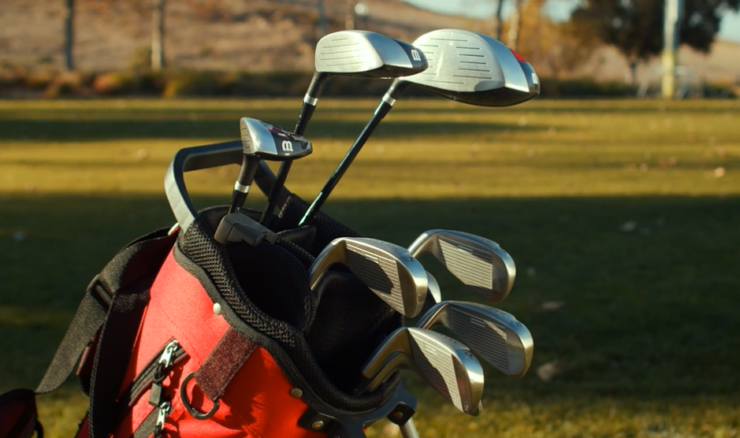
Based on these golf tips combined with regular course play (and “feel”), we hope you have the fundamentals to choose the right golf club every time you play.
Playing golf with the wrong club can definitely impact your score. It’s important to choose the right club for your swing type and game situation to achieve success.
Here are some tips to help you choose the right golf club as you play:
1. Match Your Game Situation
When you’re playing on a course with a wide variety of holes, it’s important to use a different golf club for each hole. For example, if you play mostly short holes, use a shorter club. If you frequently play long holes, use a longer club.
When choosing clubs for game situations like this, think about the distance of each hole and what type of terrain is most likely to be encountered on that particular hole.
2. Match Your Swing Type
You also need to match your swing type with the correct golf club. If you have an easy swing, use an easier club. If your swing is harder, use a harder club. Again, think about how much power it will take to hit the ball in each situation and which type of ball will fly off that particular tee pad or green more easily (i.e., driver vs fairway wood).
3. Consider Your Height and Weight
Your height and weight also affect which golf clubs are best for you. Taller people should use taller clubs and those who are heavier should use heavier clubs. Again, think about how far you can hit the ball with each one so that you don’t end up with a club that is too difficult or too easy to hit.
4. Match Your Hand Size
It’s also important to match your hand size with the right golf club. People who have smaller hands should use smaller clubs, and those with larger hands should use larger clubs. When choosing clubs, consider your grip size and the circumference of the clubface (the width of the club).
FAQs
1. What is the best beginner golf club
The best beginner golf club is one that is forgiving and easy to hit. A good beginner golf club should have a lofter shaft and a stiffer head. It is also important to find a club that fits your swing and your personality.
2. What club is a must-have for every golfer?
Everyone has their own preferences, but if we had to choose just one club, it would be the driver. The driver is the most important club in your golf arsenal and is responsible for hitting the ball further than any other club.
3. How to have a perfect golf swing?
Start with a solid foundation. A good golf swing starts with a strong, stable posture that allows you to hit the ball as straight and far as possible. Second, control your breathing. Breathe in and hold your breath as you address the ball. Release the breath slowly as you swing. Finally, keep your eye on the ball and swing with simplicity and power.
4. What is the hardest golf club to learn with?
One of the hardest golf clubs to learn with is the Hybrids club. This club has a combination of both woods and irons. It can be a bit difficult to get used to the tees and how to hold it, but once you do, you’ll be hitting the ball really well.
5. What is the difference between a driver and a fairway wood?
The difference between a driver and a fairway wood is the size. A driver is the biggest club and can be used for longer shots. A fairway wood is the middle sized club and is good for shorter shots around the green.
Conclusion
When you are out on the golf course, it is important to choose the right golf club for your swing. By understanding how different clubs hit the ball, you can find the perfect club for your game and improve your scores.
Ethan Harper, a golf enthusiast with a background in sports journalism, contributes his extensive knowledge and engaging storytelling to our website. Having covered major golf tournaments worldwide, Ethan has a unique ability to make even the most technical aspects of golf accessible, making his writing a hole-in-one for readers seeking to elevate their game.
Related Posts:
- Why Should You Choose Dubai for the Golf-Playing…
- 3 Wood vs 5 Wood Difference - Build Your Confidence…
- Best Way to Grip a Golf Club - For Left Handed and…
- 12 Best Golf Balls for High Handicappers 2024 - Find…
- What to Do if You Get Sued for a Golf Cart Accident:…
- Why Did Shaq Barrett Choose To Invest In the…

